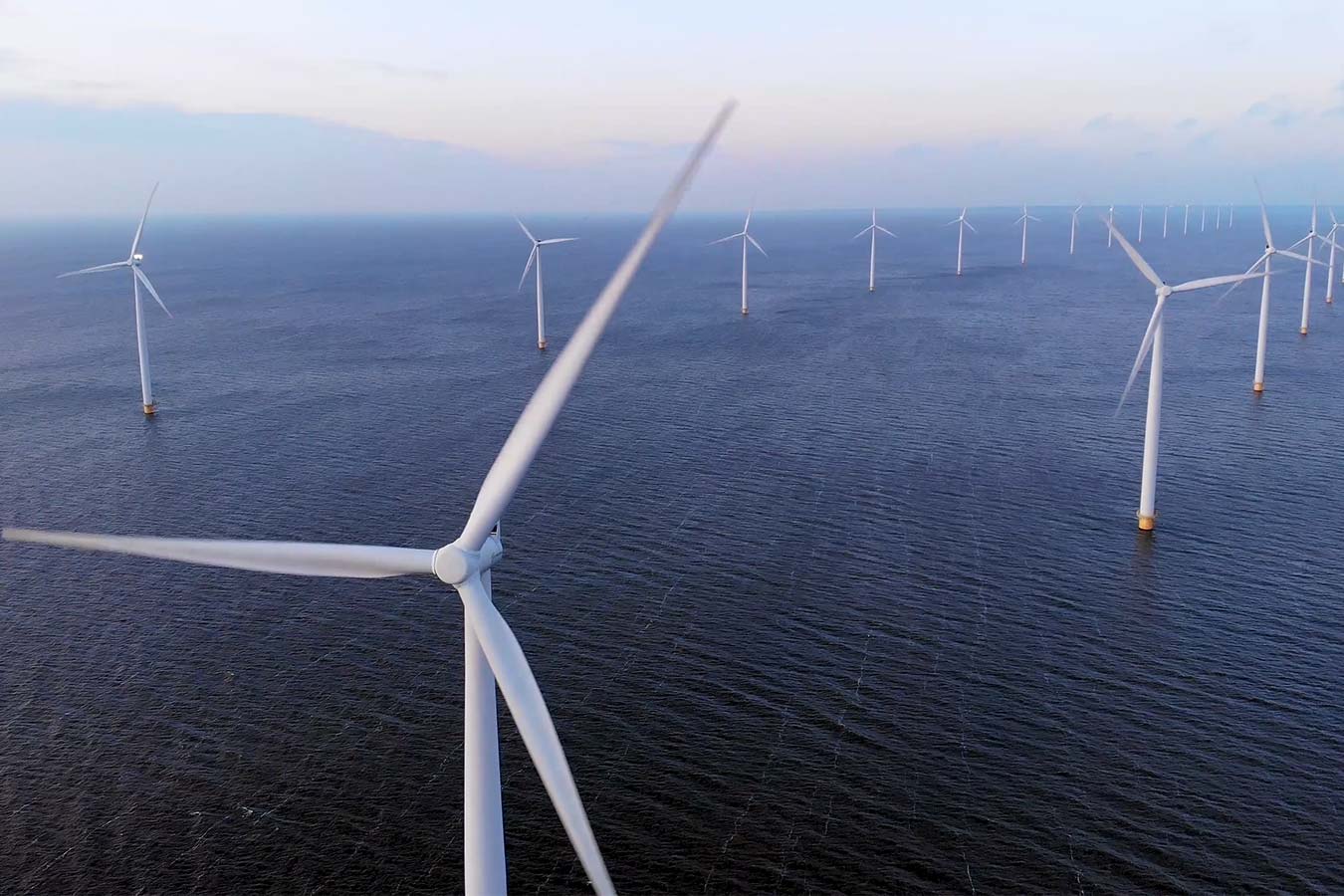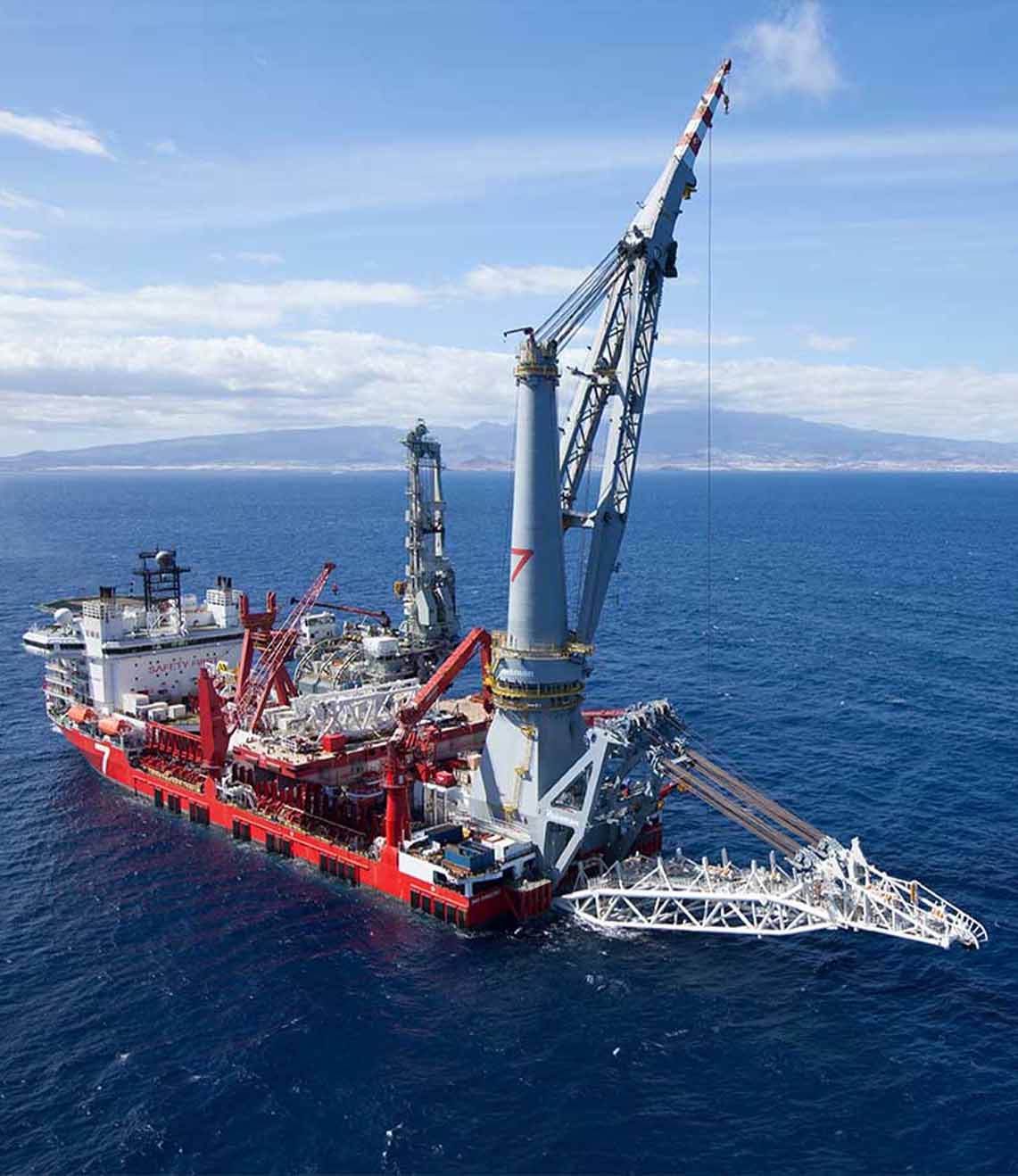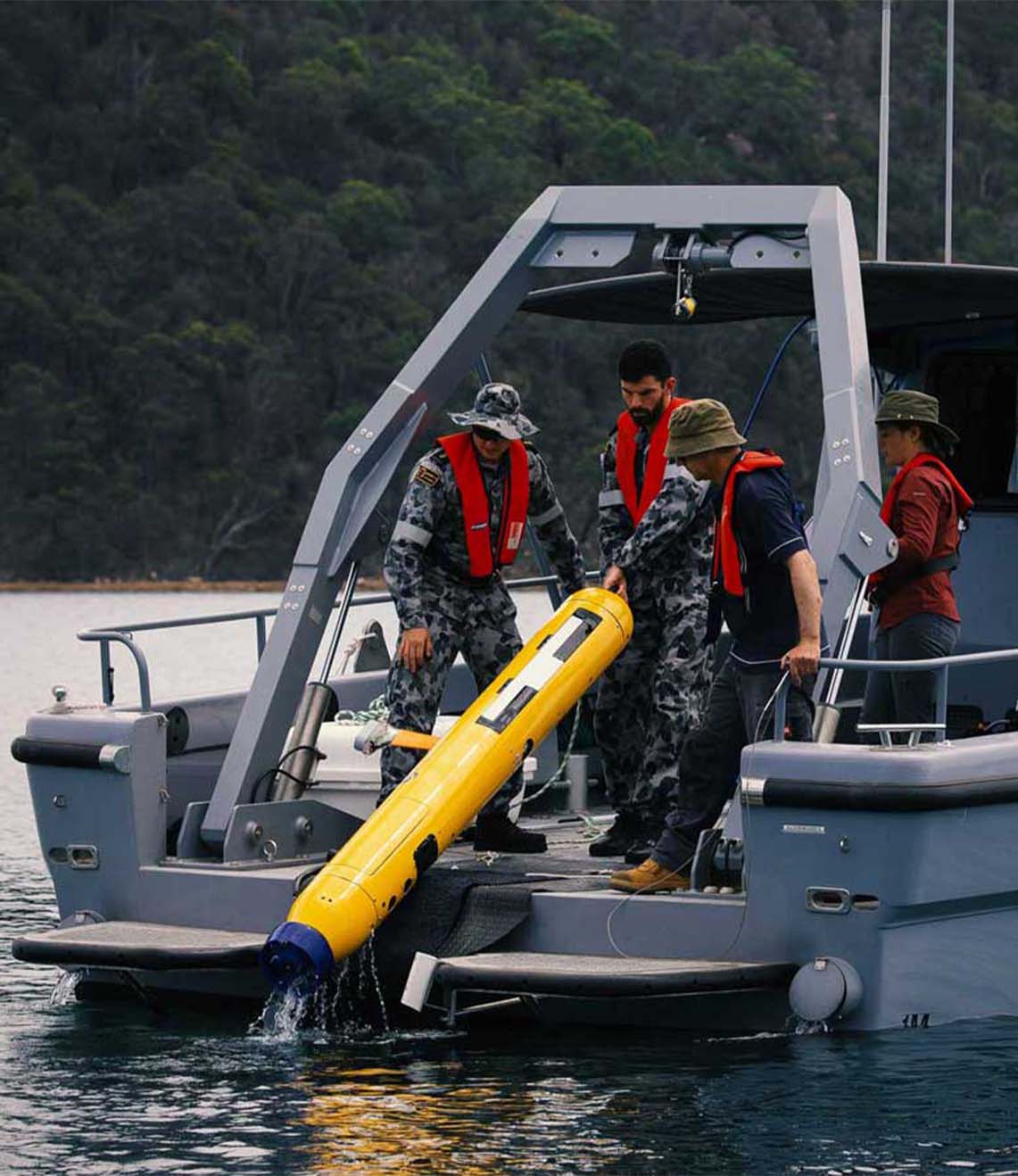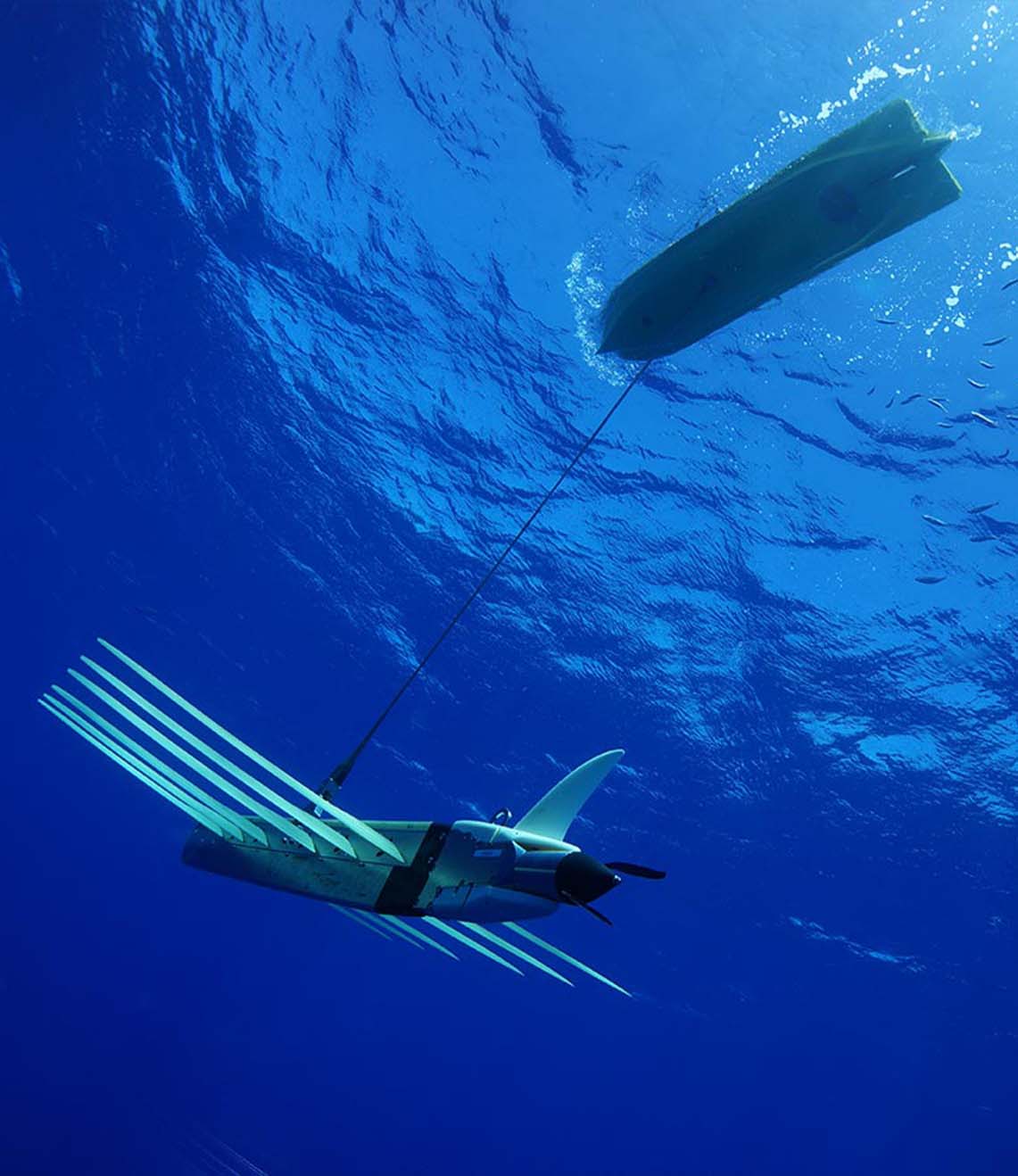How can we help?
MF Beacon Positioning for Transition Zone and Ocean Bottom Cable Applications
07 September 2022
This article provides an overview for MF beacon positioning.
The Type 8325 SST6 Transponder has been designed for seismic Transition Zone (TZ) and Ocean Bottom Cable (OBC) applications, where large numbers of small, long-life Transponders are required to position the hydrophones or geophones along seismic lines.
The transponder has been specifically designed to meet the tough environment associated with deployment and recovery of shallow water seismic cables, and operates in the 18kHz to 36kHz Medium Frequency (MF) band.
They can be programmed and tested using Near-Field Communication, from either an Android device, or a USB-connected NFC Reader.
Models designed for water depths up to 1,000 m and 3,000 m are available, and utilise Sonardyne’s latest 6G acoustic technology.
Beacons can be interrogated in one of two ways.
They can be interrogated from a single Remote Transducer (typically mounted to an over-the-side pole), through a Type 8263 MF Transceiver.
Simple range information is then collected from each beacon.
Alternatively, a USBL solution can be achieved by utilising Sonardyne’s Mini-Ranger 2 system, with an HPT 3000 MF Transceiver either fitted to an over-the-side, or through-hull-mounted pole.
Either type of data collection can be controlled by Sonardyne’s HydroPos survey control package.
Alternatively, 3rd party software can be used.
The range-only solution requires the vessel to sail past the beacon on both sides of the seismic line (in opposite directions), typically requiring a reasonably large number of position-fixes (about 40 minimum ideally) in each direction.
On the other hand, the USBL solution only requires a few good position fixes, the best quality ones typically when the vessel is directly above the beacon.
A common mistake by 3rd party programmers is to make the software Range Gate too large, so that too many beacons are trying to be tracked at once. As mentioned above, with USBL, you only need a handful of good replies to fix their position. If you have too many, then the long ranges to distant beacons may limit the number of good replies from nearby ones.
Contact Support@sonardyne.com for more information.
Looking for more content?
Find more product support in our Knowledgebase
Haven't found what you're looking for?
Then speak to one of our team for expert help




